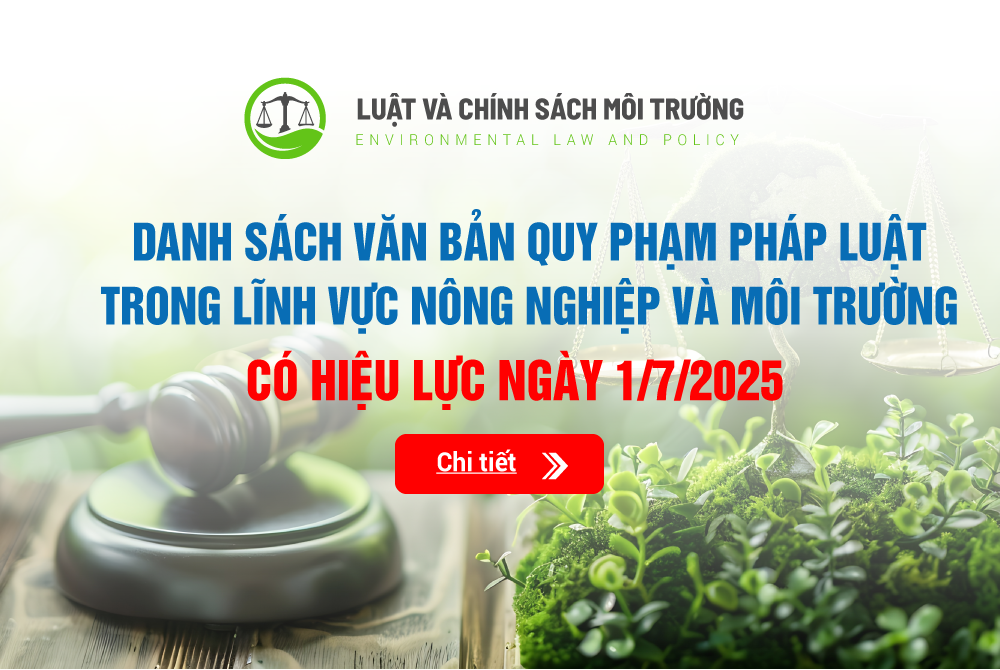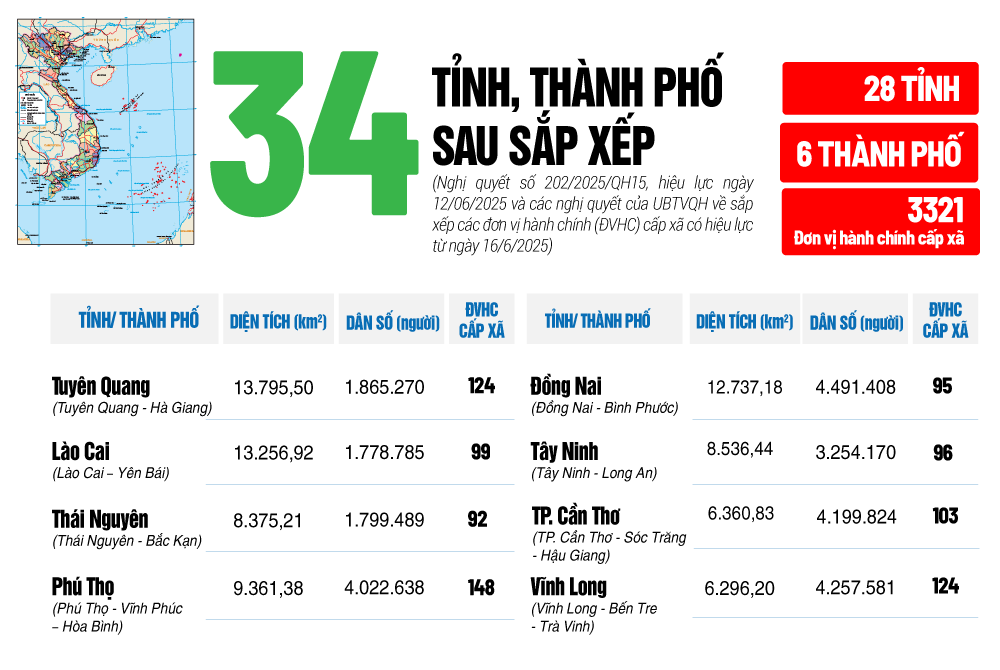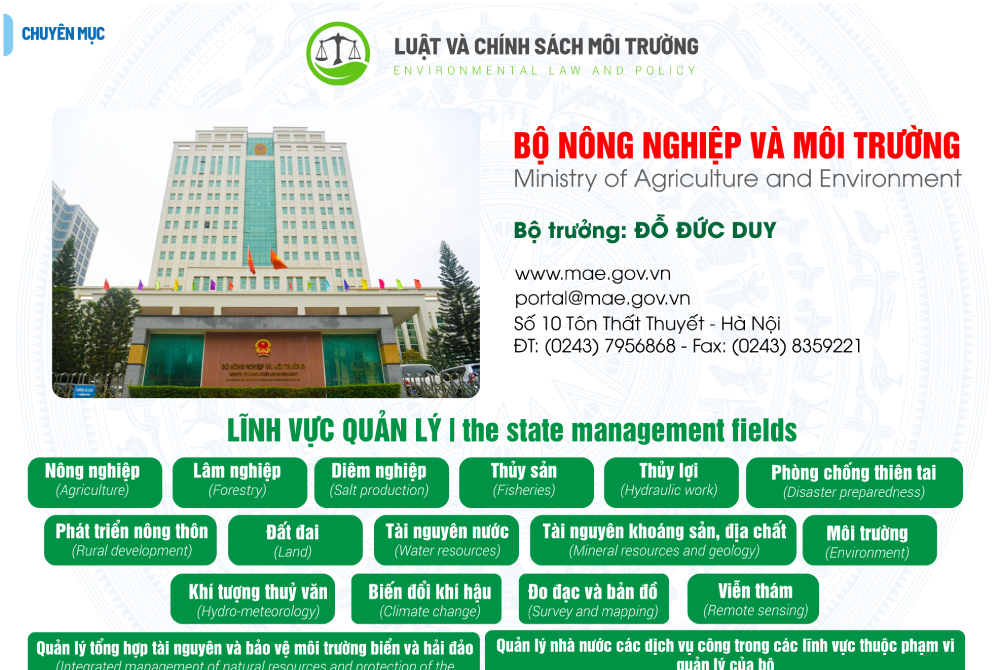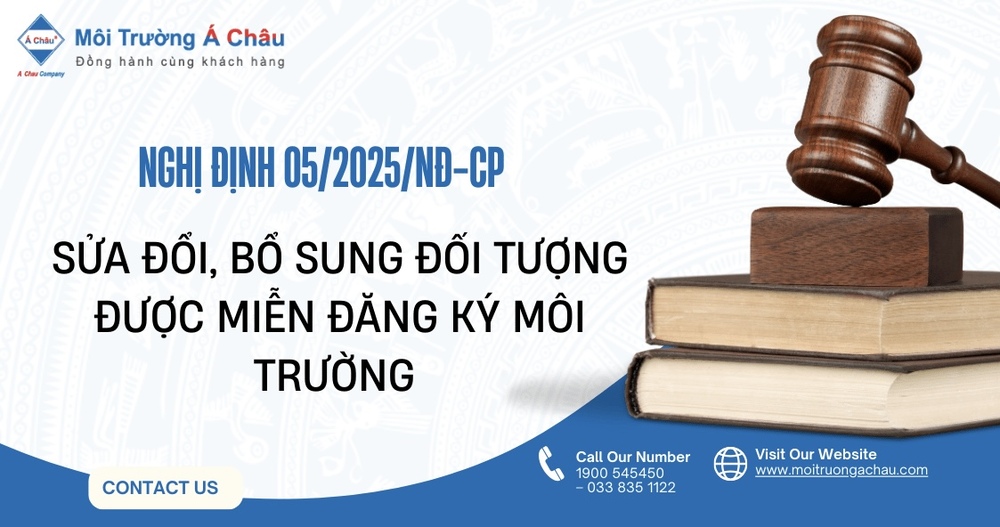[Latest Updates] What is environmental license? Which subjects have to implement, what is the content of environmental license and who is the licensing authority?
Table of contents:
What is environmental license?
Which subjects have to implement environmental license?
Contents of the environmental license
Environmental licensing authority
According to the latest updates of the Law on Environmental Protection No. 72/2020/QH14 dated November 17, 2020 detailing the subjects of implementation, content and environmental licensing agencies, applying from 1 January 2022.
Pursuant to Clause 8, Article 3, the Law on Environmental Protection 72/2020/QH14:
What is Environmental License ?
Article 39, the Law on Environmental Protection 72/2020/QH14 stipulates that the subjects must apply for environmental license as follows:
(Look up the list of projects in Appendix II, III, IV – Decree 08/2022/ND-CP)
Which subjects have to implement environmental license?
1. Group I, II and III projects that generate wastewater, dusts and exhaust gases that must be treated into the environment or generate hazardous waste that must be managed in accordance with regulations on waste management before officially being put into operation.
2. Investment projects, dedicated areas for production, business operation and service provision and industrial clusters operating before the effective date of this Law and applying environmental criteria as the projects mentioned in Clause 1 of this Article
3. If the projects mentioned in Clause 1 of this Article are urgent public investment projects as prescribed by the Law on Public Investment, they are exempt from the environmental license.
Pursuant to Article 40, the Law on Environmental Protection 72/2020/QH14:
Illustration
Contents of environmental license:
1. Contents of an environmental license include general information about the investment project, business, dedicated area for production, business operation and service provision or industrial cluster; items to be licensed; environmental protection requirements; validity period; other contents (if any).
2. Items to be licensed include:
a) Source of wastewater; maximum wastewater flow rate; wastewater flow; pollutants and permissible limits of pollutants in the wastewater flow; location and method of wastewater discharge and wastewater receiving bodies;
b) Source of emissions; maximum exhaust gas flow rate; wastewater flow; pollutants and permissible limits of pollutants in the emissions flow; location and method of exhaust gas discharge;
c) Source and permissible limits of noise and vibration;
d) Works and systems for hazardous waste treatment; hazardous waste code and quantity of waste permitted for treatment, quantity of hazardous waste transfer stations, operating area with regard to the investment project, hazardous waste treatment service providers;
đ) Type and quantity of scrap permitted for import with regard to the investment project, establishments importing scrap from foreign countries as production materials.
3. Environmental protection requirements are as follows:
a) There should be appropriate works and measures for collecting and treating waste and emissions and reducing noise and vibration; in the case of discharge of wastewater into hydraulic structures, environmental protection requirements should be in place to be applied to the source of water discharged into hydraulic structures;
b) Regarding investment projects and hazardous waste treatment providers, there should be measures, systems, works and equipment serving storage, transport, transfer, preliminary processing and treatment which satisfy technical and managerial requirements;
c) Regarding investment projects and establishments importing scrap from foreign countries as production materials, there should be appropriate warehouses and yards for scrap storage; recycling equipment; impurity treatment scheme; re-export scheme;
d) There should be environmental management and supervision plans, environmental emergency prevention and response plans; equipment and works serving environmental emergency prevention and response and environmental monitoring;
đ) It is required to manage domestic solid waste, normal industrial solid waste and hazardous waste; improve and remediate environmental; carry out biodiversity offsets according to regulations of law;
e) Other environmental protection requirements (if any).
Pursuant to Article 41, the Law on Environmental Protection 72/2020/QH14:
The power to issue environmental license:
1. The Ministry of Natural Resources and Environment shall issue the environmental license to the following applicants:
a) The projects in Article 39 hereof for which the EIAR appraisal result has been approved by the Ministry of Natural Resources and Environment;
b) The projects specified in Article 39 hereof that involve 02 provinces or more or are located within territorial waters to which responsibility of the provincial People’s Committee for administrative management are yet to be assigned; establishments importing scrap from foreign countries as production materials, hazardous waste treatment service providers.
2. The Ministry of National Defense and Ministry of Public Security shall issue the environmental license to investment projects and establishments classified as state secrets in the field of national defense and security.
3. Provincial People’s Committees shall issue the environmental license to the following obliged applicants:
a) Group II investment projects in Article 39 hereof;
b) Group III investment projects in Article 39 hereof that involve 02 districts or more;
c) The investment projects in Clause 2 Article 39 hereof for which the environmental impact assessment report (EIAR) appraisal result has been approved by the provincial People’s Committee or Ministry of Natural Resources and Environment or ministerial agency.
4. District-level People’s Committees shall issue the environmental license to the applicants in Article 39 hereof, except for the cases specified in Clauses 1, 2 and 3 of this Article.
Legal basis and implementation information:
Pursuant to the Law on Environmental Protection No. 72/2020/QH14 dated November 17, 2020 of the National Assembly of the Socialist Republic of Vietnam;
Pursuant to Decree No. 08/2022/ND-CP dated January 10, 2022 Decree detailing a number of articles of the Law on Environmental Protection;
Source: A Chau Environment














